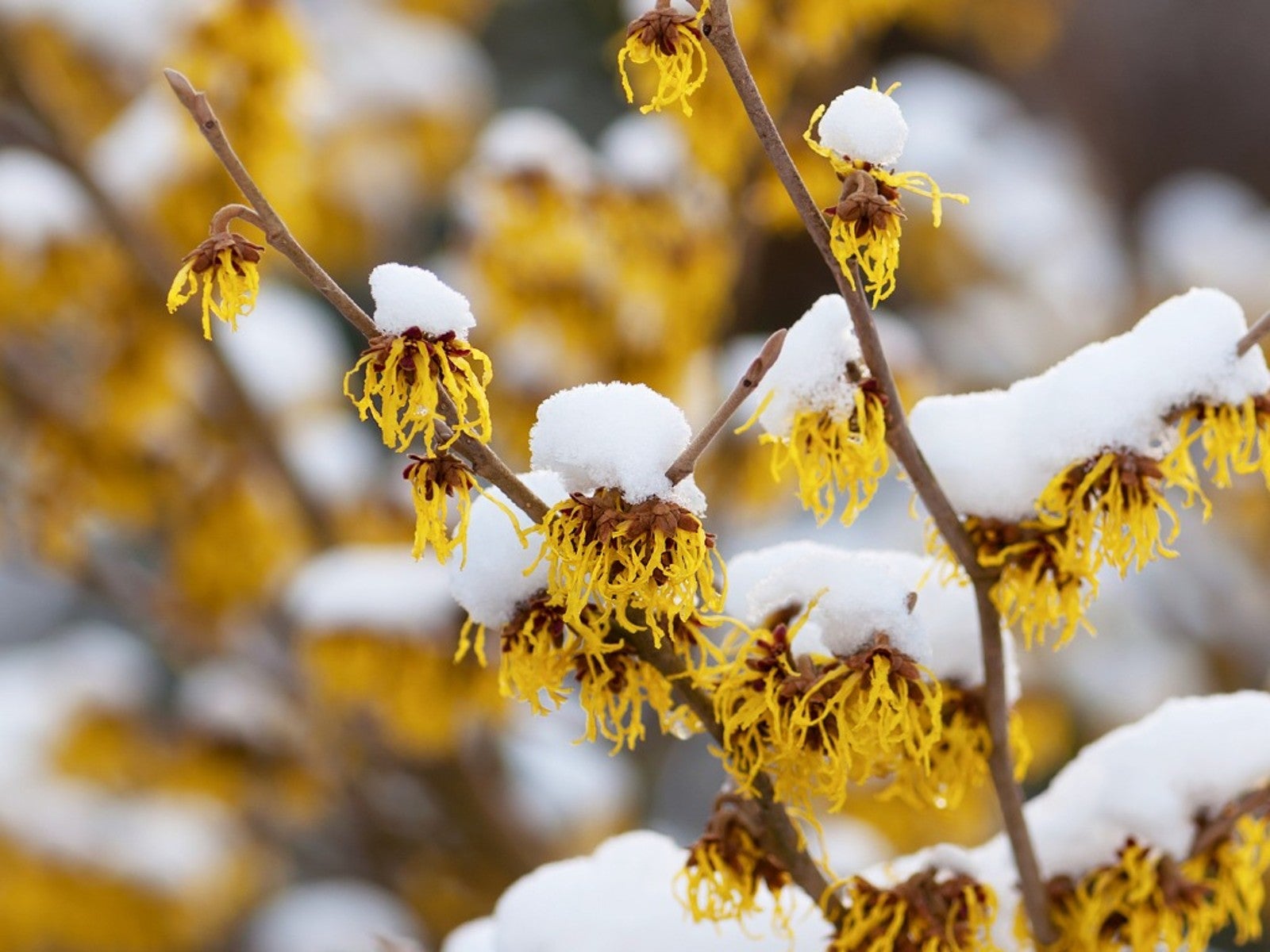Plants With Multi-Season Interest: Grow A Garden That Looks Good In Winter


For gardeners who experience cold winter weather, the end of the growing season can leave many to miss the sights and sounds of their bustling green space. It’s for this reason that some landscapers begin to explore ornamental planting options that provide attractive visual interest, even in the winter. In fact, there may be more options available in terms of winter interest landscaping that one may initially think. Exploring different winter interest perennials, shrubs, and trees is the first step in gaining a better understanding of multi-season gardening.
Plants for Winter Landscaping
When considering plants for winter interest, there are a few aspects which you will need to consider. While plants for winter landscaping will undoubtedly need to be able to survive your winter garden climate, so too, they will need to be suited for growth during other conditions throughout the year.
While many evergreen trees may thrive throughout winter and offer great color and texture, some may struggle to survive in more and hot and humid summer regions. Evergreens are among the most common plants for winter interest, but you can also add appeal by including trees with unique bark textures and/or branch patterns.
Among the best shrubs for year round interest are those with unique foliage and/or that produce types of colorful, ornamental berries. These plants often prove to be quite a beneficial source of food and shelter to birds and other small overwintering backyard animals. Potted cold hardy shrubs can also be used to add appeal near paths and driveways. The most popular shrubs for year round interest include holly, boxwood, yew, and arborvitae plants.
Plants for winter interest can also include several types of perennials. Winter interest perennials, like ornamental grasses and evergreen groundcovers, are especially attractive options. Though it will vary greatly depending upon the growing zone, many perennials can actually begin to flower during the winter season. Some bulbs, such as crocus and anemone, are frequently seen bursting into bloom through late winter snow drifts.
Other perennial varieties of azalea, camellia, and hellebore plants may also begin to bloom before the official arrival of the spring season.
Gardening tips, videos, info and more delivered right to your inbox!
Sign up for the Gardening Know How newsletter today and receive a free copy of our e-book "How to Grow Delicious Tomatoes".

Tonya Barnett has been gardening for 13 years. Flowers are her passion. She has transformed her backyard into a cut flower garden, which she regularly chronicles on her YouTube channel http://www.youtube.com/@tonyawiththeflowers.